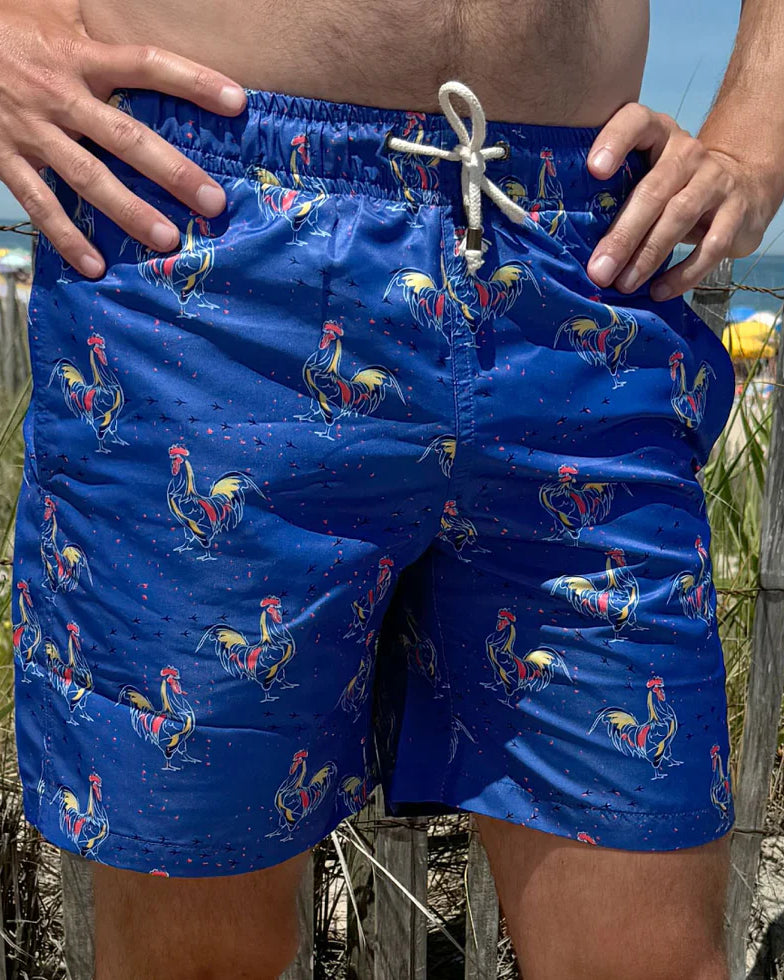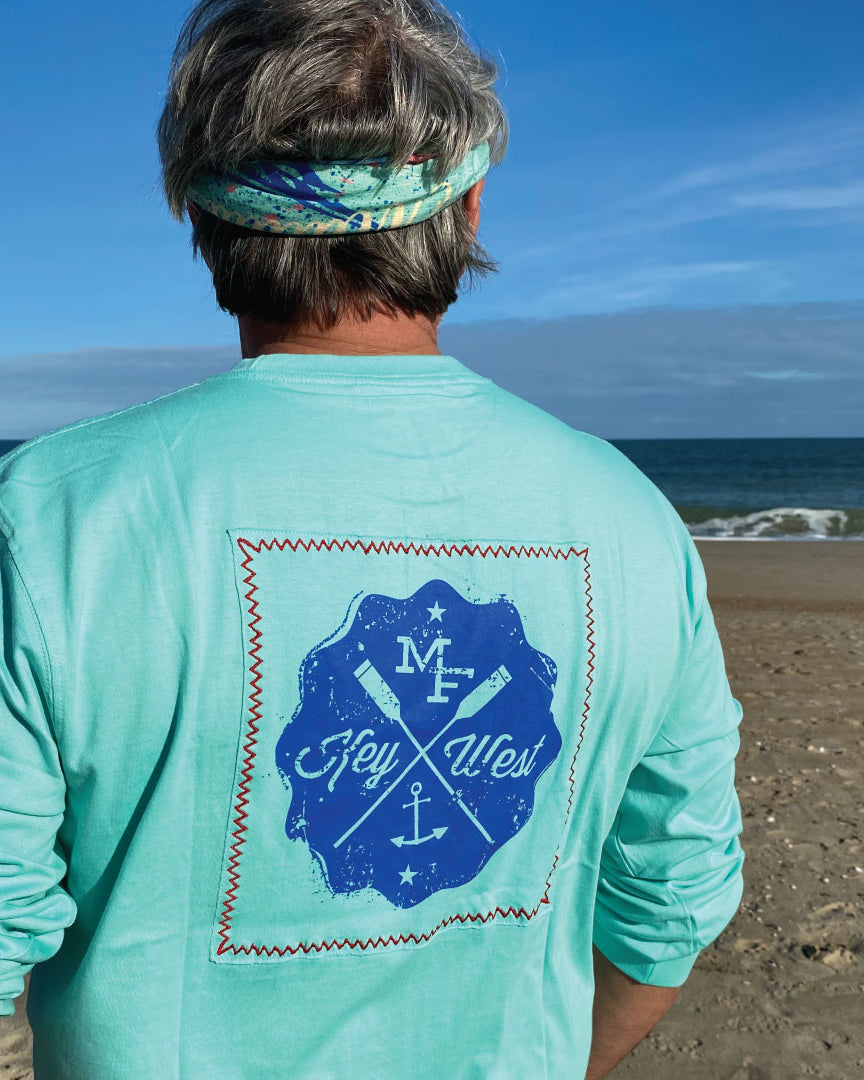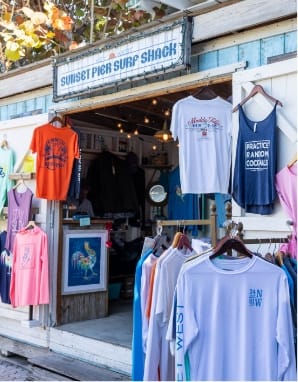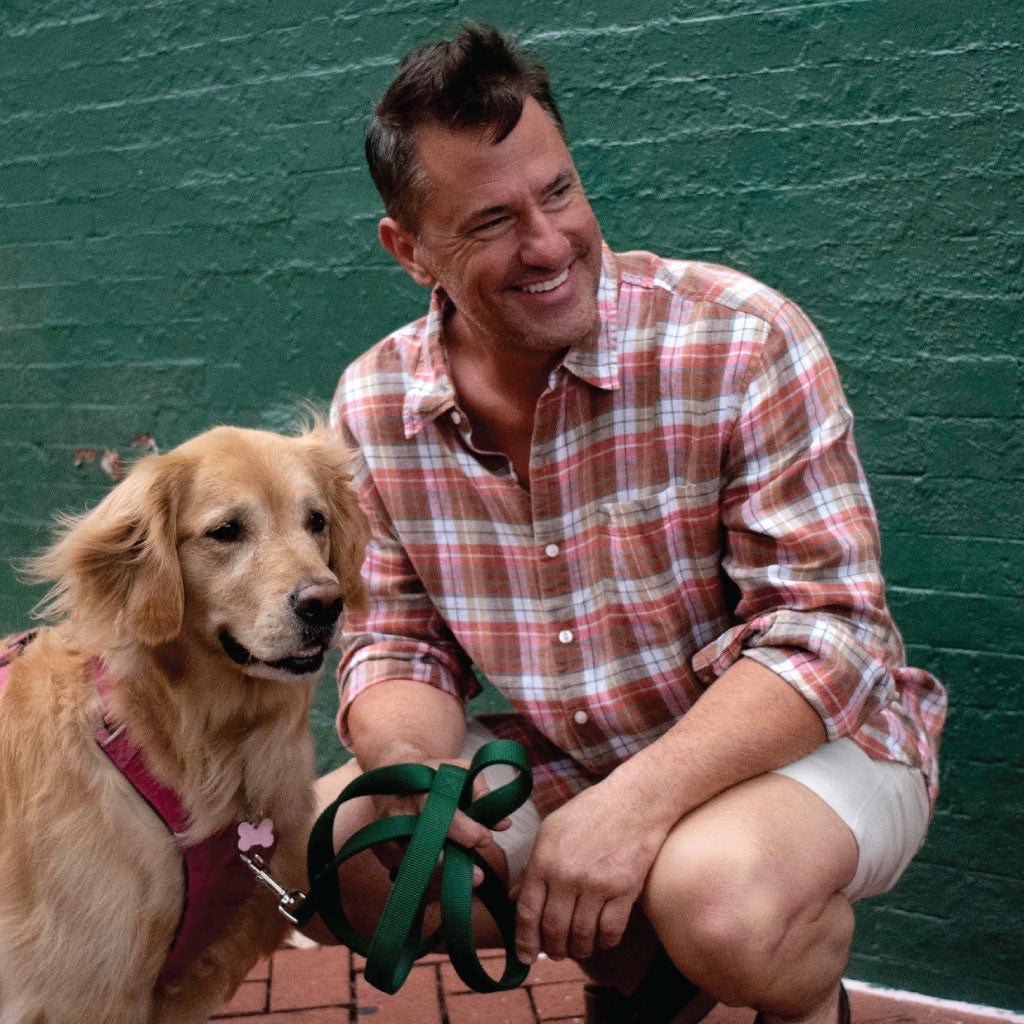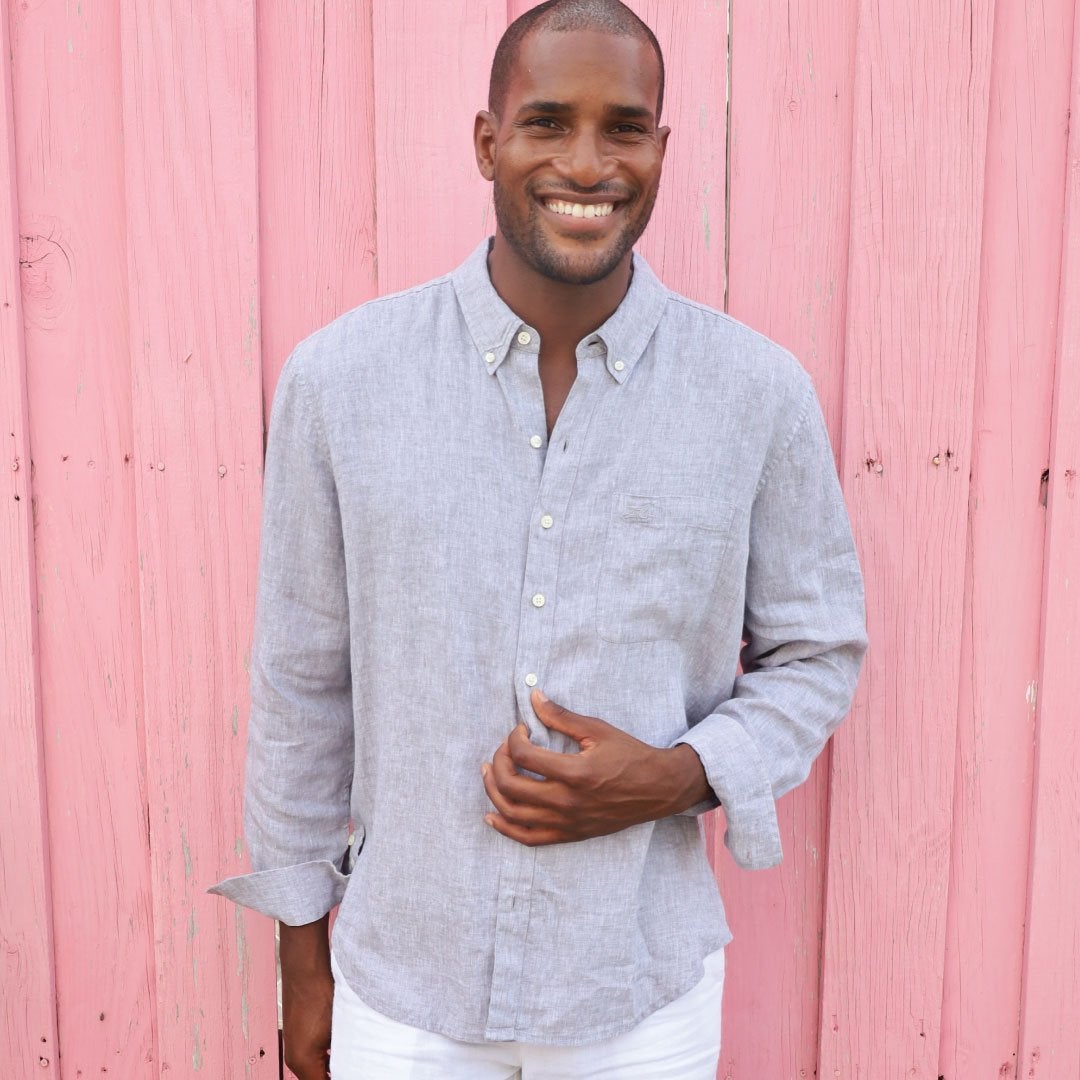
Imagine yourself in New York City, 1882. It’s Tuesday, September 5th.
The labor movement is making strides and a moment of celebration is being recognized with a parade. Local workers are taking a day off without pay to participate and be part of what will become the 1st recognized activity to celebrate workers.

- sketch from Wikipedia
According to reports, the festivities included:
- Cigarmakers engage two large wagons to make cigars and will distribute them as they go.
- Lager beer kegs…mounted in every conceivable place.
And a picnic in Jones’s Wood followed the parade. At the time, Jones’s Wood, located on the upper east side of Manhattan, was considered a resort for working-class New Yorkers.
These days, we just don’t do parades like they used to.

Many traditions from that first celebration continue today as folks savor delicious culinary delights from the grill, ice cold beverages, take in a parade, shop summer clearance sales, or enjoy a long weekend.
And some traditions of that time, such as “not wearing white” after Labor Day were slowly let go. In fact, it was the fashion icon, Coco Chanel, that “blew up” that notion by incorporating white into all seasons. We heartily embrace that. In fact, go island style all year long!
The activities in the United States throughout the 1880s inspired other countries to adopt a National recognition day for workers. Internationally, it’s May 1st.
Interestingly enough, it’s not clear who should get the credit for “starting” a Labor Day. Several candidates, but historians differ on a single leader.
While recognized as the unofficial end of summer and transition to fall, there is more to Labor Day than most realize.
This national holiday has a significant and somewhat tumultuous history.
Quick snapshot…

After the Civil War, the still young and growing United States was rebuilding. Times were hard and working conditions in factories, mines, and railroads were bleak. At that time workers, including many children, were working six days a week, often 12 or more hours a day.
Workers began calling for shorter work days, fewer work days, and better working conditions. The very visible and widely reported 1882 parade in New York City spawned other states to have parades and celebrations, and become vocal and active in protesting labor conditions.

Between that first celebration and 1894 when President Grover Cleveland signed into law Labor Day as Federal Holiday, there were countless major and minor protests to change laws and protect workers. Each of those is an important moment in our nation’s history and growth.
Before the Federal government acted, many States adopted their own resolutions formally designating Labor Day a holiday, with Oregon being the first to do so in 1887.

From those early days of protests and celebrations, incredible change has occurred in the landscape of the American worker…and change continues.
While we strive to be better and continue our journey of improvement, as a nation we are grateful for the incredible foundation America’s workforce has built. It is through that very hard work, that we are the greatest nation on earth.

Each generation that follows just makes us better.
To help you celebrate this holiday, we’ll toss out a small “Labor Day” trivia challenge. Get them both right and we’ll send you a tee shirt and koozie. Hey, it may not be that keg of beer of or a freshly rolled cigar, but a cool tee from Sunset Pier, Key West is nothing to sneeze at!




